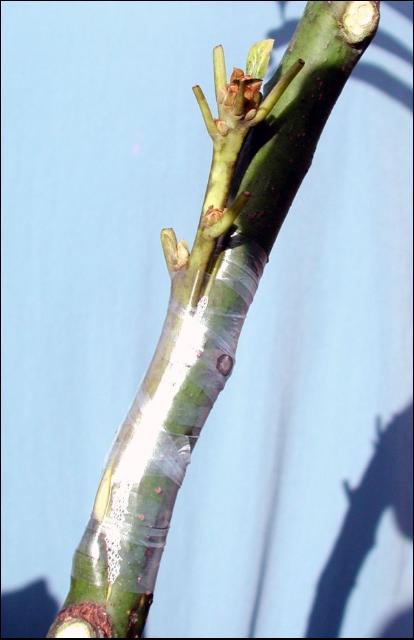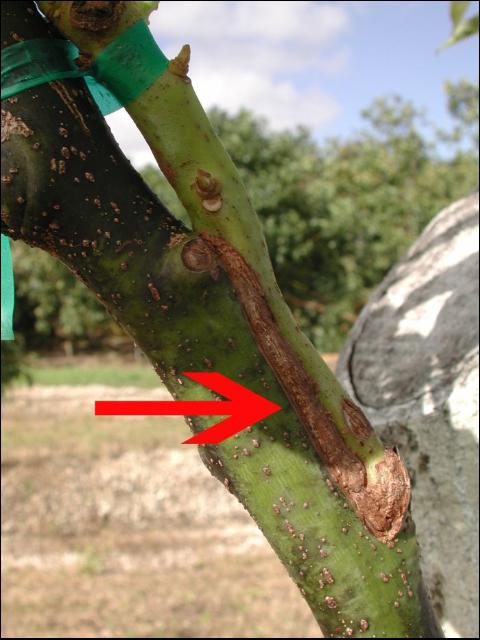Avocado Propagation Publication exerpts from the Horticultural Sciences Department, UF/IFAS Extension by Jonathan H. Crane, Carlos F. Balerdi and Ian Maguire Most avocado varieties do not come true from seed (i.e., a seed will not render the same variety), so they must be propagated vegetatively. Cleft grafting is the preferred method of propagation in Florida, although veneer grafting is also used. Young, vigorously growing seedlings are used for rootstocks, and terminals of leafy shoots are used for scion material. Grafting is most successful during the cooler months from November through February or March, but can be done from June through March if plant material is available. Established trees may be top-worked by cleft grafting scions of the desired varieties on stumps of cut-back trees or by veneer grafting new shoots arising from stumped trees. Propagation by cuttings and air-layering has not been successful. Typically, seedlings of 'Lula' and 'Waldin' are used as rootstocks in Florida because of their uniformity, vigor, and availability of seeds.
Further Reading Budding and Grafting Citrus and Avocados in the Home Garden, University of California ANR pdf 5 pages Grafting Techniques Page Budding Techniques Page Back to Avocado Page |
||
| Bibliography Crane, Jonathan H., Carlos F. Balerdi, and Ian Maguire. "Avocados Growing in the Home Landscape." This document is Circular 1034, one of a series of the Horticultural Sciences Department, UF/IFAS Extension. First published as FC-3: Mar. 1983, Revised Jan., 1998; Aug., 2001 and; rewritten May, 2003; Sept., 2005 and; revised Aug. 2007, Rev. Sept. 2016. edis.ifas.ufl.edu/mg213. Accessed 13 June 2018. Published 2013 LR. Last update 13 June 2018 LR |
||

